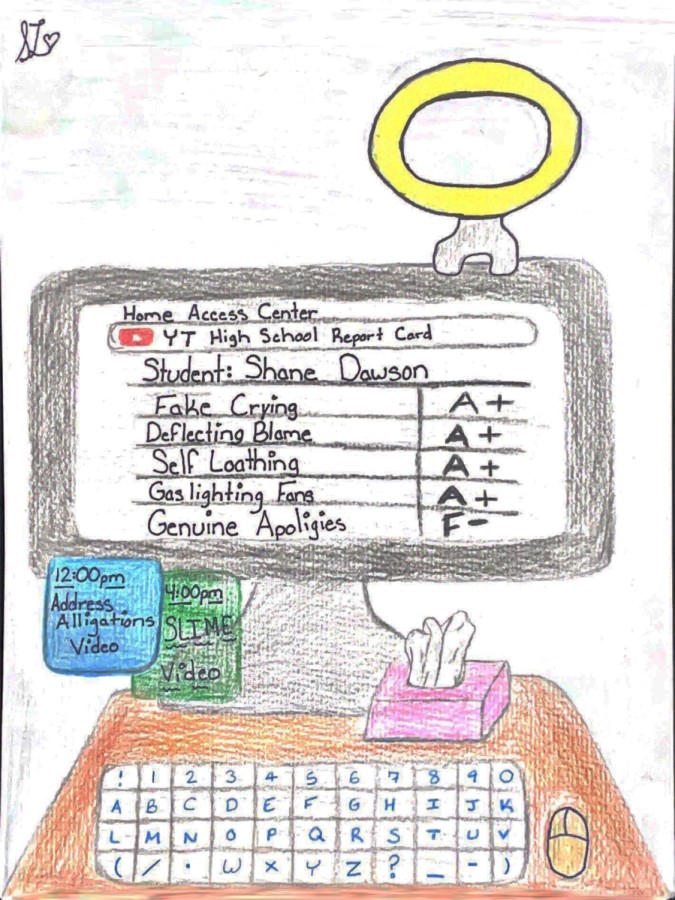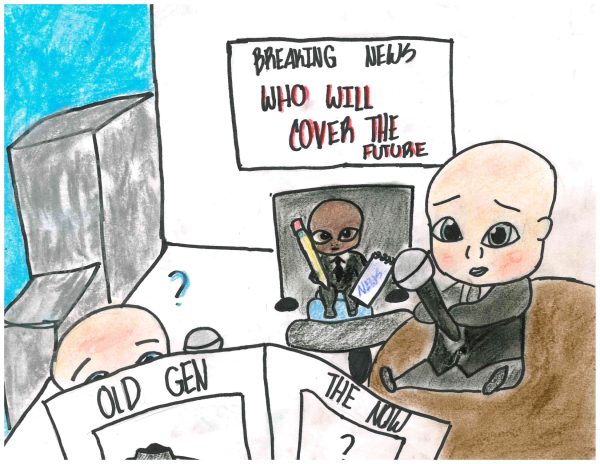Apology videos offer solution to controversy
When cancel culture threatens fame, YouTube influencers often take to their home platform to present a video addressing the situation. These “apology videos” are simple in structure, yet effective.
Creating an apology video is a difficult art, but if one were to find themselves in hot water, quickly taking to the camera to draw sympathy can prevent downfall.
Step one is to look sad; not just sad, heartbroken. Regardless of what the problem was, getting pity from the audience is a crucial part of any YouTube apology.
A messy hair and makeup look, combined with teary eyes and simple, comfortable clothes present a more pitiful, distressed appearance to win sympathy from the viewers.
If crying on command is too difficult, search up a tutorial on how to fake cry.
Another way to win sympathy is to hold some kind of pet in frame.
Having a cat or dog in the video can help add some extra emotional appeal.
Talking to a pet at the start of the video is a common component of these videos, and helps lead into the introduction.
Step two is the intro. An introduction to an apology should tug at the heartstrings of the viewers.
Speaking in a gentle, somber voice to introduce the video will set the tone, and help earn compassion from the audience.
The third step is actually apologizing. Of course, when it comes to the actual apology, it is best to simply say “I’m sorry I impacted you, but I did not intend to.”
Again, refrain from addressing what actually happened, and dance around the topic instead. After all, the point of the video is to save face, not actually rectify the situation.
Between some of these steps, it is also a good idea to go on an existential tangent.
Whether it is vaguely related to the question or about life in general, a slightly off-topic rant helps to distract the audience.
Next, deflect the blame.
The point of a video like this is to look better, so another important part of the video is to make sure that excuses and scapegoats are given, blame is passed onto someone else, and the audience’s attention is diverted.
Mentioning another person that was involved can help direct heat onto them instead.
While optional, some have opted to also self-advertise their other content or merchandise in their apologies, or in a follow-up video. With an already distracted audience, the opportunity for a bit of extra profit is appealing.
When it comes to actual production of the video, excessive cuts and editing are definitely the way to go. Make it seem like it took all day to film because it was too emotional. Treat it like a normal video, and have fun with the editing.
After all, most YouTubers making these kinds of apologies have enough wealth and status that it hardly matters to them. Over-the-top editing certainly will not draw away from the sincerity of the apology.
If the situation doesn’t seem like a serious enough threat to clout to warrant a full fledged video, a “notepad apology” following similar steps is another viable solution. A Twitter and Instagram post with screenshots of your apology written in a note-taking app will have a similar effect.








